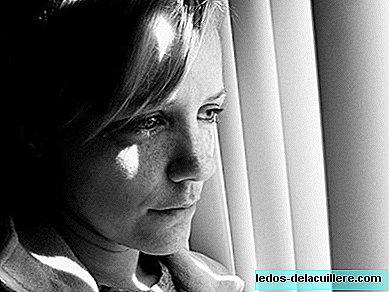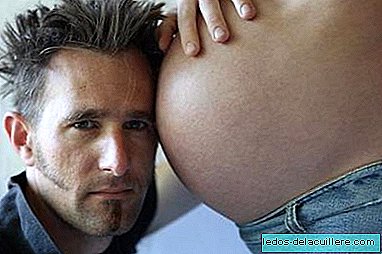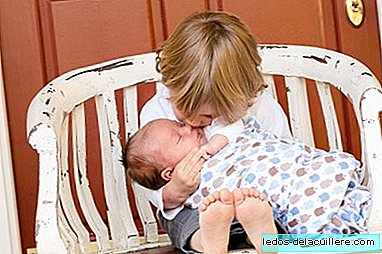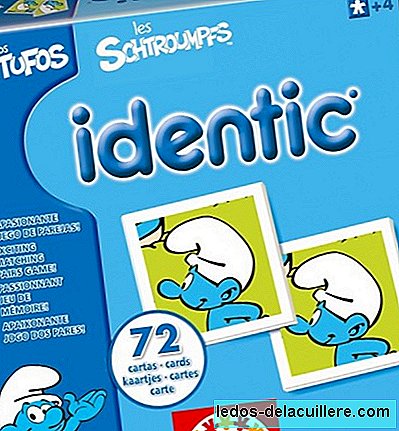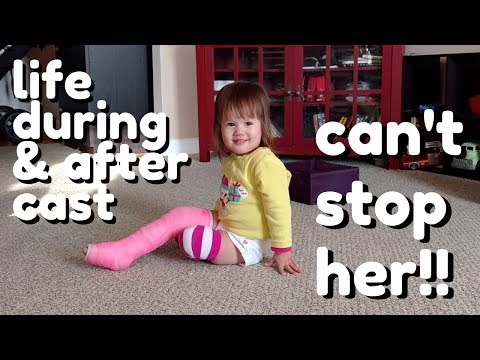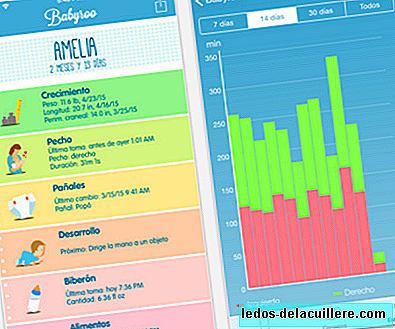
For the children, the nap it is very necessary. In addition to helping them recover worn energy, regular breaks during the day will improve sleep at night.
While they sleep, the growth hormone reaches its highest level of production, so will be growing while taking a restful and comforting nap.
In very young babies it is difficult to distinguish when they are taking a nap and when they are not, since they sleep more or less the same hours at night as during the day. But, as they grow older, the most hours of sleep are concentrated at night, between ten and twelve; while naps can be one to three hours. There are babies who recover energy by sleeping only twenty minutes and enjoy the rest of the time playing in their crib quietly. The important thing is to know when they have rested well and when they need to sleep for a while longer.
Just like sleeping at night, it’s essential establish a routine for naps always putting them at the same time. In this way, they develop the habit and it will be easier for them to fall asleep, both day and night. Before the first year the baby needs at least two naps a day, one in the morning and one in the afternoon. Between 1 and 2 years is likely to pass a stage in which two naps is a lot and one, little. But your biological clock will get used and will gradually eliminate the one in the morning. After two years they only sleep between one and two hours in the afternoon, time that is reduced as they grow. Until what age? Experts recommend that they take a nap as a routine until they are five years old.


